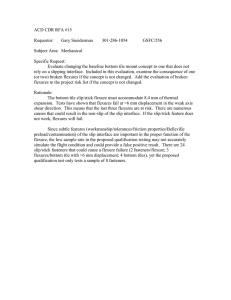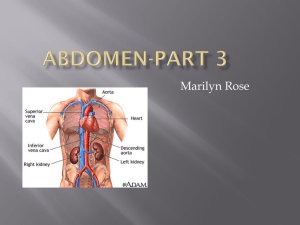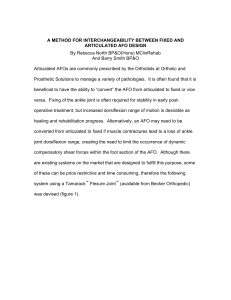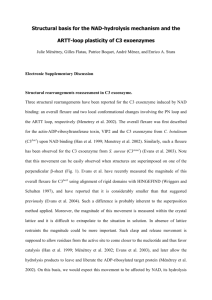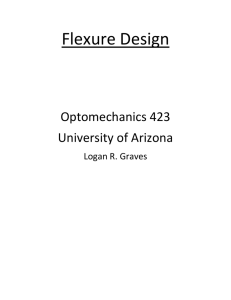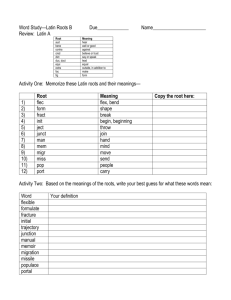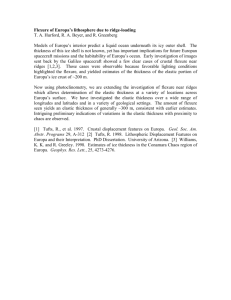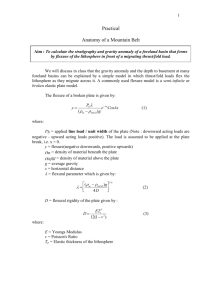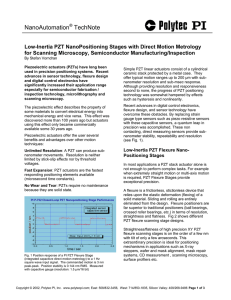Sample Exam Questions
advertisement
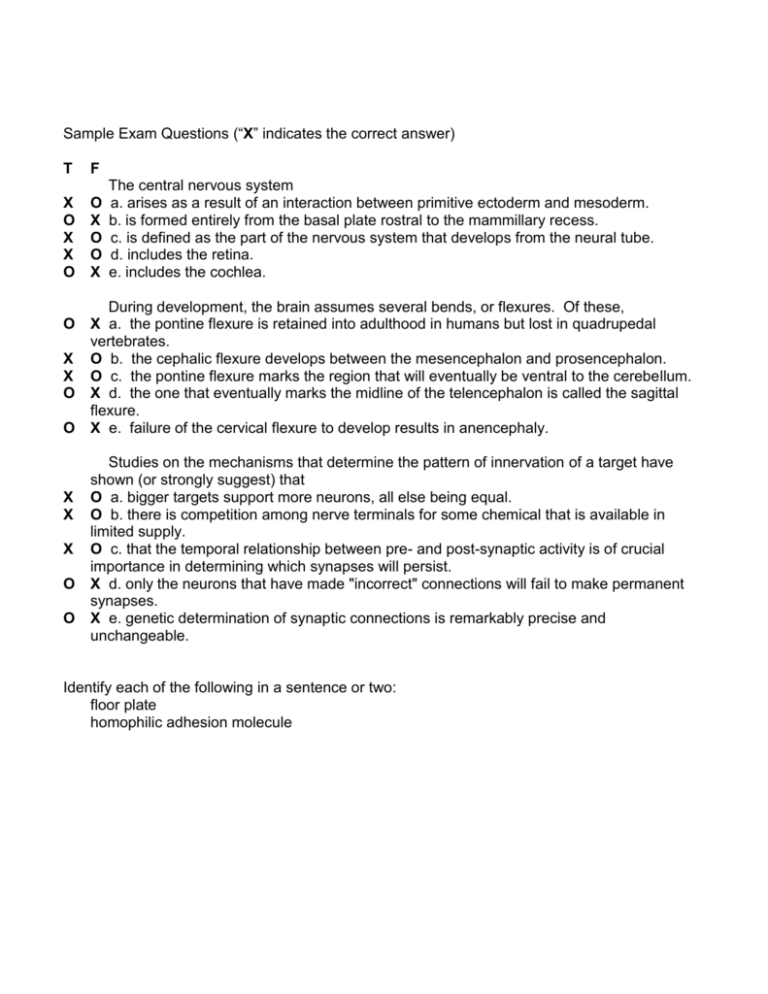
Sample Exam Questions (“X” indicates the correct answer) T F X O X X O O X O O X O X X O O X X X O O The central nervous system a. arises as a result of an interaction between primitive ectoderm and mesoderm. b. is formed entirely from the basal plate rostral to the mammillary recess. c. is defined as the part of the nervous system that develops from the neural tube. d. includes the retina. e. includes the cochlea. During development, the brain assumes several bends, or flexures. Of these, X a. the pontine flexure is retained into adulthood in humans but lost in quadrupedal vertebrates. O b. the cephalic flexure develops between the mesencephalon and prosencephalon. O c. the pontine flexure marks the region that will eventually be ventral to the cerebellum. X d. the one that eventually marks the midline of the telencephalon is called the sagittal flexure. X e. failure of the cervical flexure to develop results in anencephaly. Studies on the mechanisms that determine the pattern of innervation of a target have shown (or strongly suggest) that O a. bigger targets support more neurons, all else being equal. O b. there is competition among nerve terminals for some chemical that is available in limited supply. O c. that the temporal relationship between pre- and post-synaptic activity is of crucial importance in determining which synapses will persist. X d. only the neurons that have made "incorrect" connections will fail to make permanent synapses. X e. genetic determination of synaptic connections is remarkably precise and unchangeable. Identify each of the following in a sentence or two: floor plate homophilic adhesion molecule
